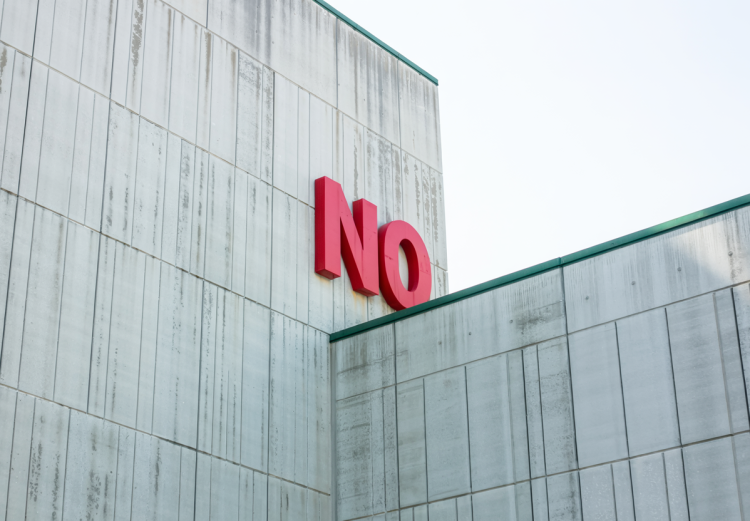Everyone says they prioritize. But most product teams are buried under a mountain of “maybes” and “quick wins.” The real problem? Not knowing what to say yes to—but being afraid to say no.
Saying no isn’t negative. It’s a commitment to clarity. It’s how good teams stay focused—and how great products get built. Let’s break down why ruthless prioritization is a superpower, and how to build the muscle that makes it possible.
Most Teams Can't Say "No"...
Everything Feels Important (But It’s Not)
When every idea has a champion, it’s easy to get overwhelmed. Your roadmap becomes a wish list instead of a clear plan. Not everything deserves a slot. Not everything moves the needle. And yes—some things can wait.
Saying Yes to Everything Dilutes Focus
The more you say yes, the more you stretch your team. Morale drops. Quality slips. Strategy becomes survival. Focus isn’t about doing more—it’s about doing less, on purpose.
Without Boundaries, You Become a Backlog Manager
If you’re not actively shaping direction, you’re just managing tickets. Product managers shouldn’t just collect ideas. They should protect the product from noise and make bold choices.
Why Saying "No" Is a Strategic Advantage
"No" Creates Space for the Work That Matters
Your team only has so much time. Every "yes" comes with an invisible cost. Saying "no" clears the board so you can:
- Go deeper on real priorities
- Ship with quality
- Learn faster
Space creates momentum.
It Forces Clarity Around Purpose and Outcomes
When you push back, it surfaces better questions:
- What problem are we solving?
- Why now?
- What are we giving up if we say yes?
Saying no forces alignment. It forces people to get real about value.
It Builds a Stronger, More Trusted Product Culture
People may not love hearing no, but they’ll respect a clear rationale. The more consistently you prioritize, the more people trust your process. That trust pays off when the stakes are higher.
How to Practice Ruthless Prioritization
Ruthless doesn’t mean reckless. You can say "no" with empathy, logic, and transparency.
Anchor Every Decision to Your Product Vision
When you say "no", say it in service of something bigger. “We’re focused on simplifying onboarding right now, so we’re holding off on feature expansion.” Let your vision do the talking. It reduces emotion and clarifies intent.
Use Clear Criteria to Sort Signal from Noise
Good prioritization is about consistency. Use tools like:
- RICE
- MoSCoW
- Impact vs. Effort
- Strategic Fit Filters
Make the bar visible. Then use it every time.
Say "No" Clearly—and Explain the Why
Avoid vague deferrals like “maybe next quarter.” If it’s not a yes, it’s a no. Be direct, respectful, and specific: “We’re saying no for now because it doesn’t align with our current goal to improve retention.” People appreciate honesty, even when it’s not the answer they wanted.
The Discipline of "No" Is What Sets Great Teams Apart
Saying "no" isn’t weakness—it’s a leadership skill. It’s how you:
- Focus your team
- Deliver better outcomes
- Build real momentum
So stop apologizing for being clear. Stop drowning in low-impact requests. Start protecting the work that matters most. Because when you say "no" to the noise, you make room for the work that wins.


